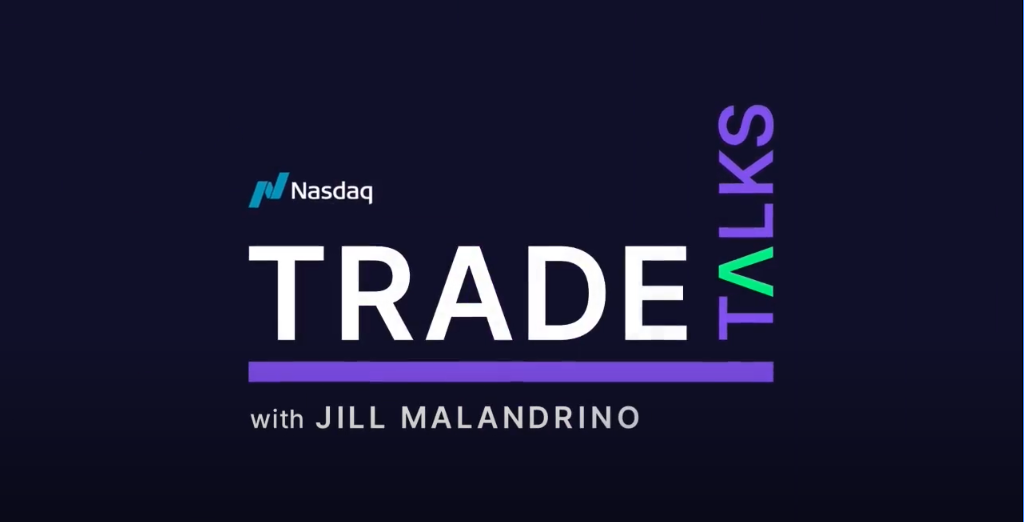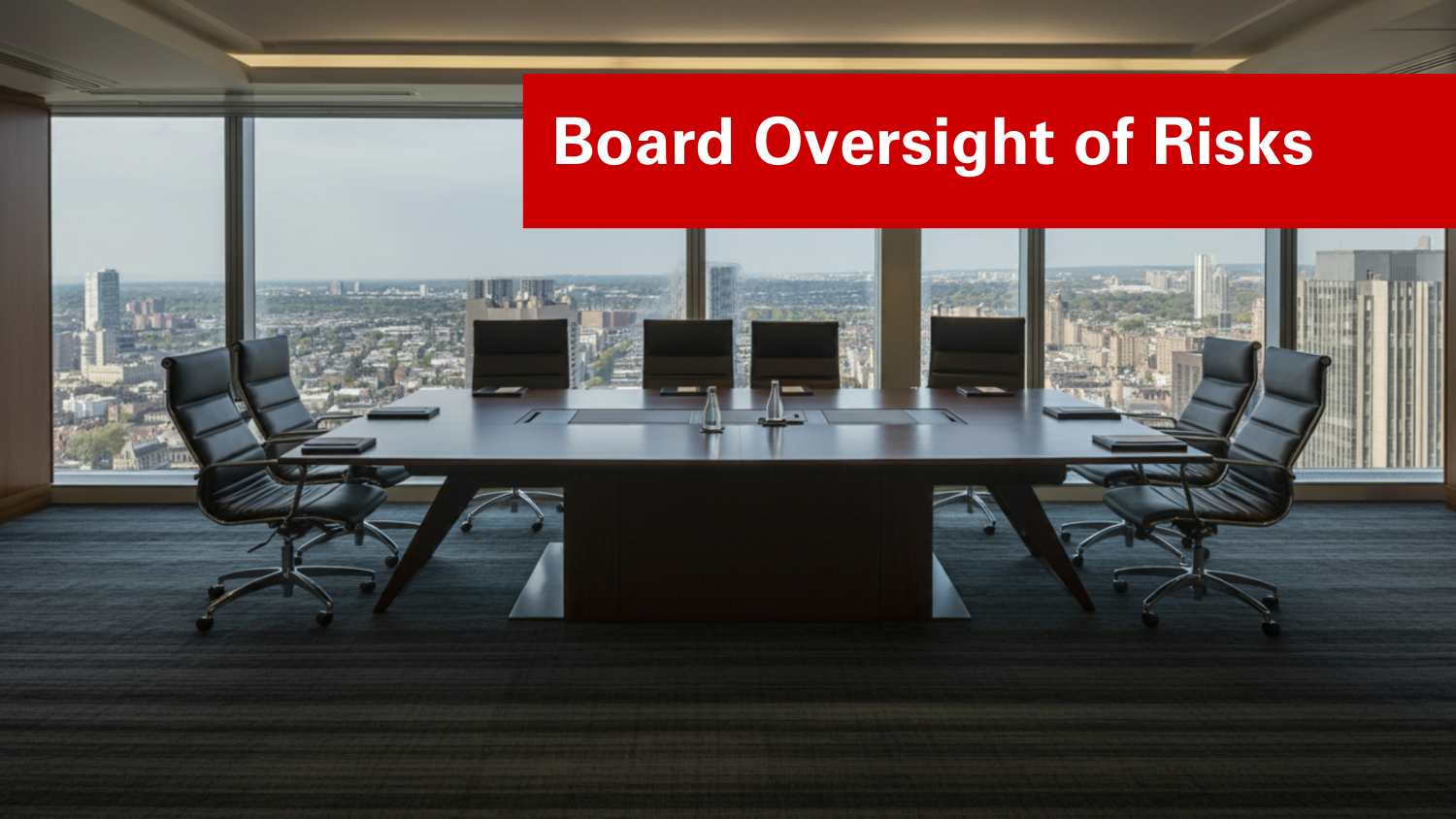Is Your Company’s Knowledge Walking Out the Door with Your Retirees?
Author: Beth Ritter, professor of practice, NC State Poole College of Management
A conversation about the risk of knowledge loss often is centered around a technology concern evoking thoughts of cyber breaches that release proprietary information, an operational matter considering outsourcing or the one that I will discuss, a people or talent discussion.
I have been studying employers’ responses to an aging workforce for the last three years and have learned there is an opportunity for businesses to improve their succession management and knowledge management practices. When we surveyed HR Managers and asked for their self-assessment, we found that more than two thirds believed managing the timing of employees’ retirements was an important business issue for their firm but only half agreed that they had a good understanding of when employees will retire and woefully only a quarter agreed that their organization effectively manages the pace and timing of employee retirements.1
We also concluded from our research that the “aging workforce” was different across employers. Workforce aging is occurring at much different rates based on an organization’s previous hiring rates and growth rates. The average retirement age in many firms is increasing and is expected to increase over the next five years. The aging of the workforce differs by firm size, industry, and occupation.2
Consider also that we learned that knowledge transfer and employee productivity are the top reasons that managing orderly retirement is important to businesses and their strategies.3
In 1959, business consultant Peter Drucker first coined the term “knowledge work” in his book The Landmarks of Tomorrow. Knowledge workers are those who use information, analysis and knowledge that they acquired through formal training to create, predict or solve problems. The reality is that employees bring their professional skills to their organization and then employers add to that knowledge with information about their customers and products and information about how things get done. And, employers also invest in training to enhance their employee’s knowledge base. So, what happens when the employee retires or leaves? Does that knowledge walk out the door with the person?
Companies can use knowledge management and knowledge transfer practices to reduce the risk of knowledge loss with employee attrition. “Knowledge Management” represents a formal system to capture and disseminate the knowledge generated by employees that is obtained over time through ongoing work experiences and training. Related to that, “Knowledge Transfer” represents the process of sharing or disseminating knowledge from people-to-people or even person to chatbot, if you consider automation. Formats can include formal one to one mentoring, instructor led training, or establishing communities of practice where employees share best practice thinking by disciplines.
When we asked risk management leaders how effective their organizations were at knowledge management, their answers indicated there was room for improvement. 42% indicated they were somewhat effective at transferring critically important information from retirees to remaining employees and 37% indicated they were minimally effective while only 3% of the respondents said their organizations were extremely effective at knowledge management.4
I believe that including knowledge management on your list of activities to respond to the aging workforce is prudent. Why? Well the knowledge loss risk identified with retirees applies to any voluntary resignation situation, a resignation or retirement, but managing the loss may be easier with retirees.
Consider that employees who choose to retire might be more likely to give a longer notice period which can allow for planned knowledge transfer. Employees will be forthright about their plans when a firm is deliberately creating a culture where employees can trust that announcing those retirement plans is welcomed and that they will not be asked to leave sooner than they planned. In my research I encountered a man who was age 62. He wanted to stay several more years with his firm and he hoped his firm would not ask him to leave sooner than that. He and his employer were not having conversations about this at all; he was just stressed. I could imagine a situation where you assign junior employees to be under his supervision and he could develop these employees for several years before retiring at his desired age, but only if there is a conversation. Employers might start these conversations in what can be called a development meeting or as part of succession management.
So as we face a turbulent year, one where we are hearing about unprecedented numbers of resignations, my advice is to consider if your firm can manage a portion of that knowledge loss by understanding the outlook for retirees in your firm. To do that you can begin to have open conversations with employees to understand their plans and evaluate whether early retirement schemes are helpful or disruptive to your knowledge management efforts.
Original Article Source: “Is Your Company’s Knowledge Walking Out the Door with Your Retirees?”, Beth Ritter, NC State University ERM Initiative, September 2021
1Clark, Robert, Steven Nyce, Beth Ritter, and John Shoven. 2019. “Employer Concerns and Responses to an Aging Workforce.” The Journal of Retirement 6(4): 82-99. DOI: https://doi.org/10.3905/jor.2019.1.049
2Clark, R. L., Ritter, B. M. December 2020. “Employer Responses to an Aging Workforce”. Public Policy & Aging Report, Volume 30, Issue 3, 2020, Pages 113–118 https://doi.org/10.1093/ppar/praa011
3Ritter, Beth M and Fickess, Jim. July 2020. “Downstream Implications of Pay Transparency: A Study of Studies”. The Journal of Total Rewards, (3): 25-35. https://www.worldatwork.org/journal/2020/q3/f3_2020_3Q-PayTransparency.pdf
4The NC State ERM initiative supported our research and the survey data from 2021 is referenced.


